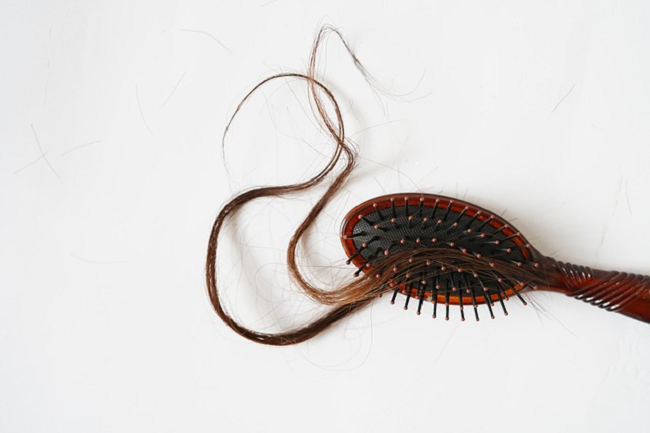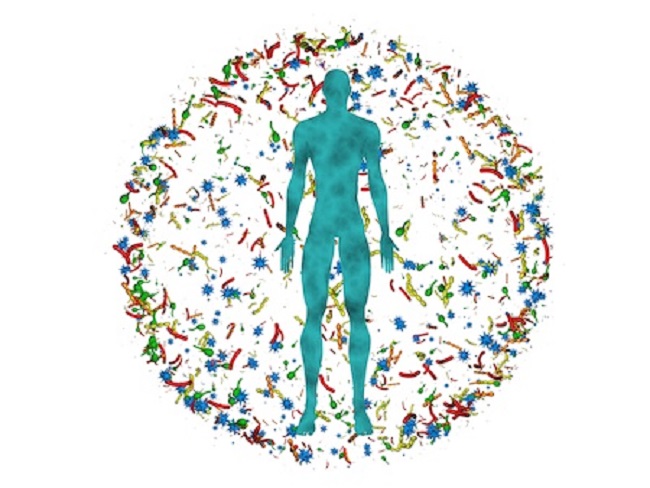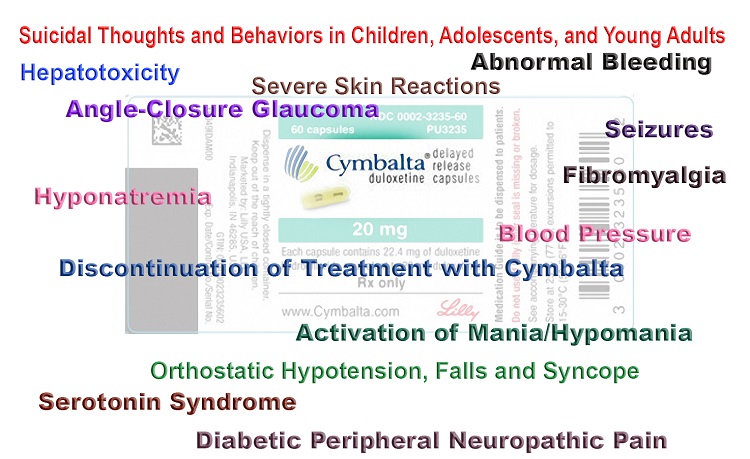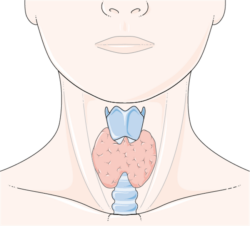I began taking Minoxidil for stress-related hair loss associated with a tethered spinal cord (for which I had surgery), and the exhaustion of navigating the healthcare system with what I now understand to be the poorly understood connective tissue disorder, Ehlers Danlos Syndrome.
History of POTS and Exercise Intolerance
Before taking the Minoxidil, my health history was mixed. I had symptoms of POTS my whole life and elevated heart rate in general but no one ever noticed or took it seriously. I had a low exercise tolerance and weak stomach as a young adult, but other than that, I had no remarkable medical history. I have had strep throat on a number of occasions though. Other than that, I did not have obvious symptoms until the age of 28 years old. I had a fairly healthy, but not incredibly active lifestyle prior to this. I did not monitor my diet but it was pretty healthy. My weight was healthy. I was on an antidepressant mirtazapine from the age 26-29 years old.
The Minoxidil Decline
After taking Minoxidil and over the course of the next six months, I developed a litany of devastating issues which initially I did not connect with the medication. First, my eyelids swelled up and eyesight drastically deteriorated. I developed extreme light sensitivity and refractive issues with light. My doctors can only speculate my optic nerve was damaged. The tissue on the front of my eyes loosened and the muscles around my eyelids atrophied somewhat. I have visible veins that were not visible before all over my eyelids and legs and spontaneous yellow bruising that comes and goes. Later tests revealed that I had chronic vein insufficiency. The muscles in my arms, legs, and glutes became very small as well. Not connecting these issues at first to the medication, l unfortunately added popular anti-androgens (Finasteride and then Dutasteride) to curb hair loss. After that, I developed adipose tissue deposits on my arms and legs. Lipedema, which is on the spectrum of connective tissue disorders. My right breast became bigger and has continued to grow.
As people with lesser known medical issues understand – I researched every symptom, condition and requested every test and found that doctors were either stumped, not interested or simply did not believe my symptoms. Six months after taking the medications it was clear they had caused irreversible damage to my body on every level. I stopped taking them, but the changes have not improved at all. Dutasteride, stays in the system for 6 months after discontinuation.
Connective Tissue Damage
By the time I got on a plane to Cleveland to access a lymphatic specialist for testing to assess the swelling in my ankles and feet my skin had begun thinning all over at an alarming rate. My best friend helped me order a connective tissue panel when we landed. It is so bad today, I cannot really shower normally in hot water or wear normal clothes without hurting my skin. My skin gets bizarrely looser from my body every day no matter what I do. It cannot go in the sun without my skin burning in minutes even with layers of sunscreen and clothes on.
When I began looking into the side effects of minoxidil, I found a community of people who had taken the drug and shared many of my symptoms. In fact, a whole subreddit exists for r/MinoxidilSideAffects. These people have had devastating side effects including muscle wasting, skin thinning/laxity, hormonal issues, and vision changes. Bizarrely, they directly compare these changes to those seen in Ehlers Danlos patients.
This is the most commonly prescribed hair loss drug in the world. The side effects have not been recognized by doctors and are far less pronounced in many people than me. I have yet to find someone specifically with skin symptoms as severe but this may be due to two reasons (1) most users are only using a topical form of the drug, and (2) I believe that a pre-existing connective tissue disorder made me more susceptible to the side-effects of this medication.
Hair Loss Drugs Studied in Men But Given to Women
Women are more prone to having inherited genetic connective tissue disorders in the first place, and hair loss drugs are primarily prescribed to, and studied in, men. That being said- there are many drastic cases of men who have used the medication topically for a very short time and suffered massive consequences. This drug is so widely prescribed, that I didn’t even question its safety when my doctor suggested I take it. Now, my own investigation has connected me to a small network of people within the medical community who privately acknowledge the possibility that minoxidil can be responsible for devastating health issues.
I have spoken with a medical researcher who had similar side effects- he noted that his symptoms became worse after stopping the medications and did some testing. He found evidence that his body had become dependent on the medication on a cellular level and has continued to take it to keep things from worsening.
A researcher directed me to a well-known retired doctor who was involved in a clinical trial on minoxidil in the 1980’s. It turns out he has had many people reach out to him with all sorts of symptoms. He has taken my phone calls, spoken to doctors on my behalf, and offered to review my medical records.
Despite several CURRENT research studies exploring using minoxidil for conditions that cause an excess of collagen production, its risk for effecting the bodies collagen supply is not widely accepted. There are many people who notice these effects after taking minoxidil, but are told they are imagining things or simply aging. For those of us whose quality of life has been dramatically effected, there is no clear path forward.
My health has declined so severely since taking these drugs that I am sometimes bedridden. My muscles have atrophied, my skin is deteriorating rapidly and I feel like I am dying. If anyone out there can help me to find answers and path to recovery, please comment below. If there are any physicians or researchers out there than can offer insight or assistance, please comment below. Thank you.
We Need Your Help
More people than ever are reading Hormones Matter, a testament to the need for independent voices in health and medicine. We are not funded and accept limited advertising. Unlike many health sites, we don’t force you to purchase a subscription. We believe health information should be open to all. If you read Hormones Matter, like it, please help support it. Contribute now.
Yes, I would like to support Hormones Matter.
Image by Phimchanok Srisuriyamart from Pixabay.















“Bizarrely, they directly compare these changes to those seen in Ehlers Danlos patients.”
Yes, I find this perplexing also. Minoxidil, Finasteride and the oral contraceptive Yaz/Yasmin though different in their mechanism of action have an effect on the same things: androgen or RAAS or Sodium/Potassium. And strangely all tend to trigger/exacerbate/accelerate orthostatic intolerance and connective tissue disease in otherwise healthy individuals who may unknowingly hold a genetic predisposition. It frustrates me that there is little acknowledgment in medicine about this, despite so much evidence.
I wish that more thought was put into whether the patient has low BP, tachycardia or any obvious signs of lax joints or double jointedness before prescribing something like that. Because time and time again, we hear that it makes things much worse. And, in some people is completely disabling. Many people who sit on the milder end of the spectrum of hyper mobility and collagen disorder decline significantly.
The tethered cord, stomach issues and POTS that you describe since being young makes me think you may have had hEDS already, but I 100% believe the medications could have made things worse and probably contributed to the venous insufficiency and skin changes. I wish I knew what the condition of your joints were like now… whether they are loose, weak, sublux or dislocate?
Vitamin C helps collagen synthesis, Iron helps with BP if you are deficient, B vitamins are just essential for so many reasons and Vitamim D really important to protect from autoimmunity and osteoporosis if you are deficient. Things that, if you have a CTD, you may be more susceptible to.
Perhaps see also, an exercise physiologist as deconditioning will make muscle tone and POTS symptoms much worse, so it will help to move as much as you can, when you can. Good luck ?
This seems like the worst medication for those with a predisposition to POTS/Dysautonomia.
Anything that stuffs around with RAAS and electrolytes has got to be bad news.. has the author had a tilt table test to properly diagnose POTS?
I’d start there because it can make you feel like death and it can be treated (somewhat) ?